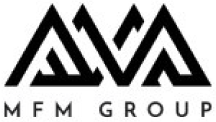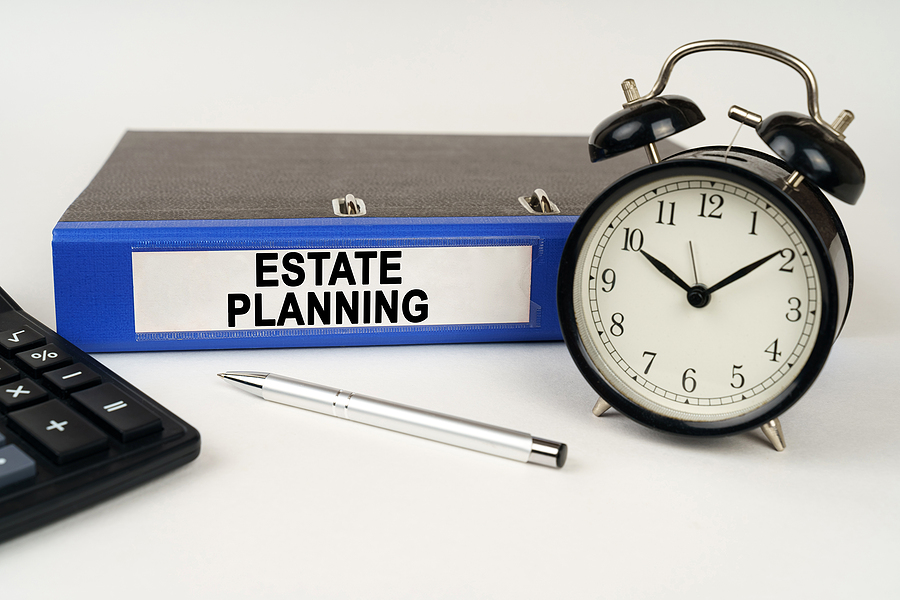A soft landing for the economy remains on the cards as the Reserve Bank maintains it’s possible to drive down inflation without sacrificing growth.
Australia’s central bank opted on Tuesday afternoon to keep interest rates on hold in a move that sparked hopes the hiking cycle was over.
The RBA has jacked up rates by four percentage points since May last year in a bid to return inflation to target.
Previewing a fresh set of predictions ahead of the central bank’s statement of monetary policy on Friday, governor Philip Lowe said the central forecast had inflation back within its target two-three per cent range by late 2025.
The last batch of forecasts only ran through to mid-2025 and had inflation brushing the top of the target band at three per cent.
The full predictions will detail exactly where the RBA expects inflation to land.
Other forecasts nestled in the governor’s statement were largely unchanged, with the central bank still expecting “below trend” economic growth of about 1.75 per cent over 2024 and a little above 2 per cent in 2025.
It expects the jobless rate to drift up as the economy slows, from an ultra-low unemployment rate of 3.5 per cent to 4.5 per cent late next year.
While Dr Lowe outlined a range of risks to the predictions, including stubborn growth in service costs and rent inflation, he said the latest round of data was consistent with a soft landing.
“The recent data are consistent with inflation returning to the two-three per cent target range over the forecast horizon and with output and employment continuing to grow,” he wrote in his post-meeting statement.
Treasurer Jim Chalmers welcomed the RBA’s expectation inflation would be returned to its target band while the economy kept growing.
“And honestly, how quickly or slowly we can do that is an important question,” he said.
Dr Chalmers said Treasury forecasts had inflation returning to target in the next financial year.
“Everyone would like that to be sooner, but we need to address this inflation challenge without crunching the economy, that is the challenge not just for the RBA but for the government as well,” he said.
Shadow treasurer Angus Taylor warned it was difficult to keep inflation within the target range after an inflation spike.
“We know from past bouts of inflation that it is very difficult to stay within that range,” he said.
Mr Taylor said there was clearly more work to be done to return inflation to target and the government played a big role in fuelling price rises.
AMP economist Shane Oliver said the RBA had already done more than enough to slow the economy.
“We are now seeing increasing evidence that rate hikes are biting with falling real retail sales, a sharp fall in building approvals, slowing business investment, slowing GDP growth, more negative corporate commentary, rising insolvencies, indications of a slowing jobs market along with a faster than the RBA expected fall in inflation,” he said.
“As a result of ongoing rate hikes, the risk of recession in the next year is now very high.”
Mr Oliver said continuing to lift interest rates would add to this risk.
“At the very least the economy is likely to have slowed substantially by year end or early next year with unemployment starting to rise faster than the RBA is allowing for,” he said.
Poppy Johnston
(Australian Associated Press)





